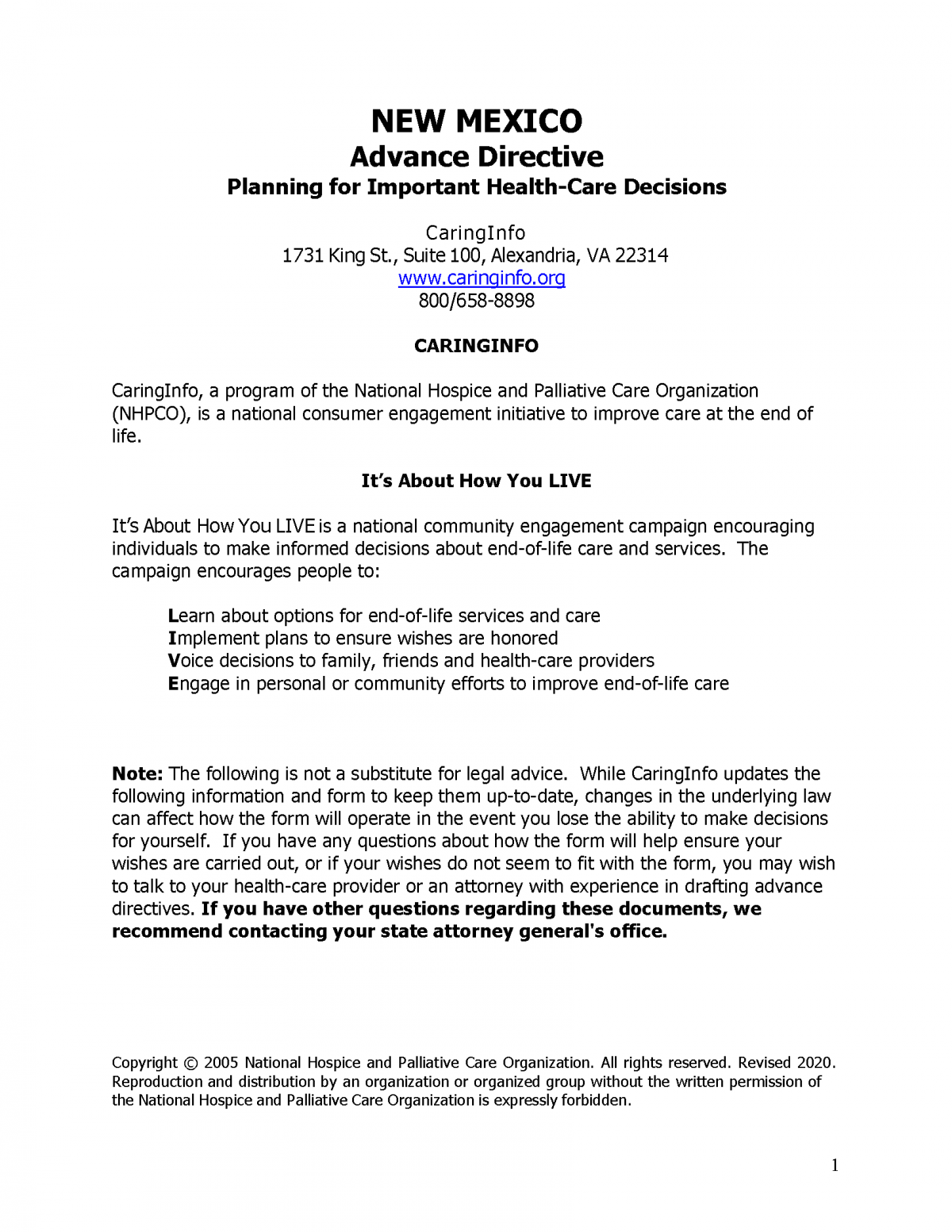Advance directives, particularly in the context of medical care, have become an essential topic globally. In Mexico, these legal documents serve a crucial purpose, allowing individuals to express their healthcare preferences in the event they become unable to communicate their wishes due to incapacity. Prior to 2008, the landscape regarding advance directives in Mexico was significantly different from what it is today. Understanding this historical framework provides invaluable insight into the evolution of patient rights and healthcare management in the country.
Before delving into specifics, it is vital to comprehend what advance directives encompass. In essence, these are legal documents that grant individuals the autonomy to outline their preferences regarding medical treatment. The most common types are living wills and powers of attorney concerning health care decisions. Living wills articulate a person’s wishes concerning life-sustaining treatment, whereas health care powers of attorney appoint a trusted individual to make medical choices on one’s behalf.
The Legal Framework Prior to 2008
Before 2008, the provisions surrounding advance directives in Mexico were ambivalent and often convoluted. The legislation governing them varied widely across states, leading to inconsistency in practice and interpretative challenges. In many regions, the lack of a cohesive legal framework meant that hospital personnel and families often faced dilemmas when trying to respect the wishes of patients. As a result, the autonomy of individuals in medical contexts frequently clashed with traditional familial obligations and hospital policies.
The health care system in Mexico, prior to the establishment of standardized laws and regulations, exhibited an amalgam of old customs and emerging legal principles. Doctors and healthcare providers often operated under a paternalistic model, wherein decisions were made based on what they deemed best for the patient, sometimes disregarding the patient’s wishes entirely.
Types of Advance Directives Pre-2008
During this period, the advance directive landscape included a few key elements, despite the absence of formal legislation. The two primary types were:
- Living Wills: While not universally recognized, some residents created documents declaring their end-of-life treatment choices. However, enforcement of these wills varied, and many were often dismissed by healthcare professionals who either lacked understanding or simply chose to ignore them.
- Health Care Power of Attorney: Appointing a representative to make healthcare decisions was feasible under pre-existing legal frameworks. Nevertheless, without clear definitions and guidelines, appointing an agent often led to misunderstandings relating to the agent’s authority and responsibilities.
The Societal Context
The societal perception surrounding death and medical autonomy played an essential role in shaping the advance directive situation in Mexico prior to 2008. Deep-rooted cultural values often dictated that families take collective responsibility for health-related decisions. As many individuals preferred to place trust in familial bonds rather than legal documents, the concept of personal autonomy in medical care marked a significant shift from traditional practices.
This cultural hesitance can be attributed to a complex interplay of factors—including the influence of Catholicism, which traditionally holds that life should be preserved at all costs, and the collective societal approach that emphasizes family involvement over individual rights. Consequently, pre-2008, there arose a substantial gap between the legal theory surrounding advance directives and their practical applicability in daily healthcare scenarios.
Challenges and Limitations Encountered
One of the most formidable challenges confronted before 2008 was the lack of awareness and education among both the public and healthcare providers about advance directives. Many people remained uninformed about their rights or the existence of such documents. Furthermore, healthcare providers often received inadequate training on how to respect and implement a patient’s advance directives, leading to a significant inconsistency in practices across different healthcare settings.
Furthermore, the lack of standardization meant that the validity and weight of advance directives were often questioned. In numerous situations, families and hospital staff might disregard a living will or health care power of attorney simply because of bureaucratic inefficiencies or lack of clarity, leaving patients vulnerable and unprotected as they navigated complex medical crises.
The Turning Point: Legal Reform in 2008
The legal landscape changed significantly in 2008, marking a transformative era for advance directives in Mexico. The enactment of new legislation aimed to clarify the rights of patients regarding their medical decisions, offering a more structured approach to advance directives. This pivotal shift prompted widespread education and advocacy efforts aimed at both healthcare providers and the general public, enhancing overall compliance and understanding.
Despite the progress made since these reforms, reflecting on the pre-2008 era reveals critical lessons. It emphasizes the importance of education, the need for clear legal statutes, and the continual evolution of cultural perceptions regarding death and patient autonomy. For individuals navigating the complexities of medical care today, understanding this historical context can empower them to advocate effectively for their wishes and harness the full potential of the rights afforded to them under current legislation.
In conclusion, advance directives serve as vital components of patient-centered healthcare. The developments preceding 2008 played an essential role in shaping today’s practices, illuminating the path toward improved patient rights and enhanced healthcare decision-making processes in Mexico.
